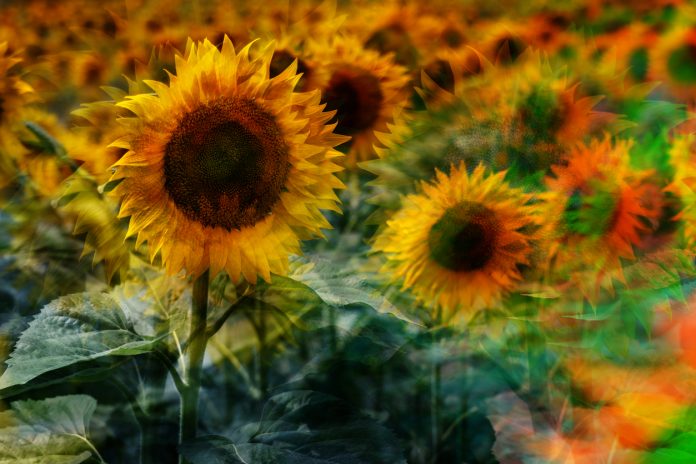Researchers at the University of California, Davis, have uncovered a fascinating secret behind sunflowers sun-tracking, shedding light on a novel mechanism that defies previous assumptions
Published in PLOS Biology on October 31, this revelation challenges existing theories about the sunflower’s ability to follow the sun.
This is a startling revelation in the realm of plant biology.
Unexpected revelations of sunflowers
Stacey Harmer, a plant biology professor at UC Davis and the senior author of the paper, expressed her astonishment, stating, “This was a total surprise for us.” Contrary to popular belief, sunflowers employ a distinct mechanism for sun-tracking, differing from the commonly known phototropism.
Sunflowers’ unique mechanism
While most plants exhibit phototropism, which can grow towards a light source, researchers initially assumed sunflowers relied on the exact mechanism.
This conventional approach is governed by a molecule called phototropin, which is sensitive to blue light.
However, sunflowers employ a unique method.
They adjust their orientation by growing slightly more on the east side of their stems during the day and vice versa at night, allowing them to follow the sun’s path.
Previous research from Harmer’s lab demonstrated how sunflowers harness their internal circadian clock to anticipate the sunrise and coordinate the opening of their florets with morning pollinators.
The current study, led by graduate student Christopher Brooks, postdoctoral researcher Hagatop Atamian, and Harmer, analysed gene expression in sunflowers grown both indoors and outdoors.
Unraveling the mystery
Sunflowers grown indoors grew directly toward the light source, triggering genes associated with phototropin. Conversely, those grown outdoors displayed a completely different pattern of gene expression.
Surprisingly, there was no apparent variation in phototropin levels between different sides of the stem. While the genes responsible for heliotropism remain unidentified, researchers have ruled out the phototropin pathway as a cause.
Furthermore, experiments involving shade boxes to block specific light wavelengths did not impact the sunflowers’ heliotropism response.
This indicates the existence of multiple light-sensing pathways, each responsive to different light wavelengths, all achieving the same goal. Future research will delve into protein regulation within the sunflowers.
Facets of plant biology
Harmer emphasised the broader significance of this discovery, stating, “Things that you define in a controlled environment like a growth chamber may not work out in the real world.”
The newfound pathways for light-sensing and growth in sunflowers not only reveal intriguing facets of plant biology but also challenge our understanding of how plants interact with their environment.
Challenge our understanding of how plants interact with their environment.











